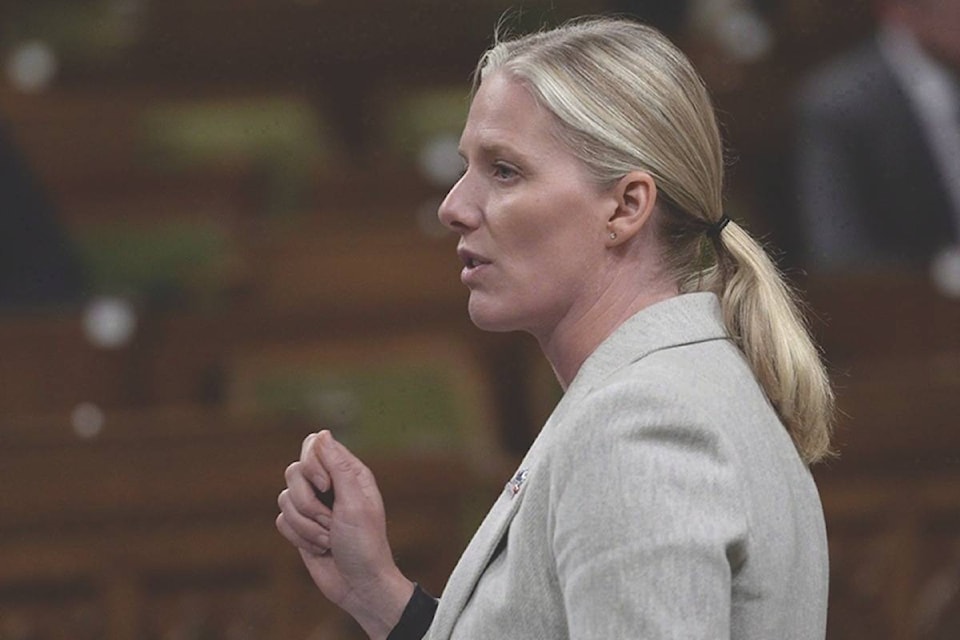OTTAWA — The federal government has laid out a tough set of proposed new regulations to prohibit the use, sale, import and export of asbestos and products that contain it, as well as the manufacture of products containing the cancer-causing mineral.
The rules fulfil a Liberal promise made more than a year ago and complement proposals the government issued last spring.
Asbestos is a carcinogen that has been condemned by the World Health Organization and is banned in about 50 countries around the world.
The government says that with some minor exceptions, the proposed regulations and related amendments — published in the latest edition of the Canada Gazette — would ensure there is no market for asbestos and related products in Canada, and that it isn’t being brought into the country.
The government is asking the public and industry for feedback during a comment period, which ends March 22.
Asbestos was mined in Canada until 2011 and was used mainly for insulating buildings and homes, as well as for fireproofing.
Many uses have been phased out, but asbestos may still be found in a variety of products, including cement pipes, industrial furnaces and heating systems, building insulation, automotive brake pads and clutches.
The use or sale of any asbestos-containing products that exist in inventories but that have not yet been installed would be prohibited under the new regulations. Any stockpiled asbestos-related materials would need to be disposed of or destroyed.
Asbestos is also used in the chlor-alkali industry as part of cell diaphragms used as filters in the manufacture of chlorine and caustic soda. That application will be exempted from the ban until 2025, giving the industry time to phase out the existing systems.
The clean-up of millions of tonnes of asbestos residue around former mine sites will also be exempt from the regulations, to allow for the use of the material in redevelopment of the areas.
Scientists would still be allowed to study asbestos under another exemption and asbestos or objects containing asbestos could still be imported for display in a museum.
The government said it initially considered a complete prohibition on asbestos. However, after decades of use, many buildings and homes still contain asbestos, the health risks of which are low if the products, such as insulation, remain undisturbed.
Removing all asbestos would be “extremely costly” and might actually lead to greater health risks, the government said. For those reasons, the total prohibition option was rejected.
Environment Minister Catherine McKenna said many Canadians have suffered from exposure to asbestos over the years, but that will end.
“By launching these new, tougher rules to stop the manufacture, import, use, and sale of asbestos, we are following through on our promise to protect all Canadians from exposure to this toxic substance,” McKenna said in a statement.
